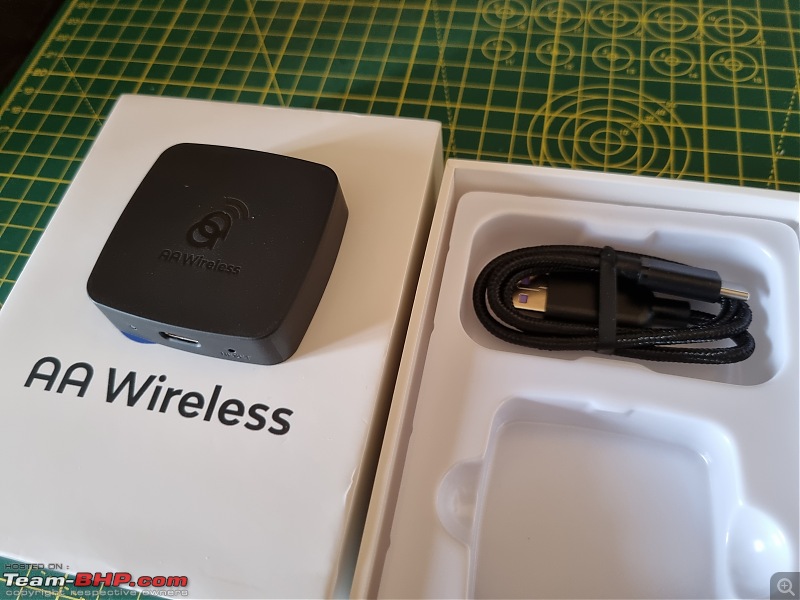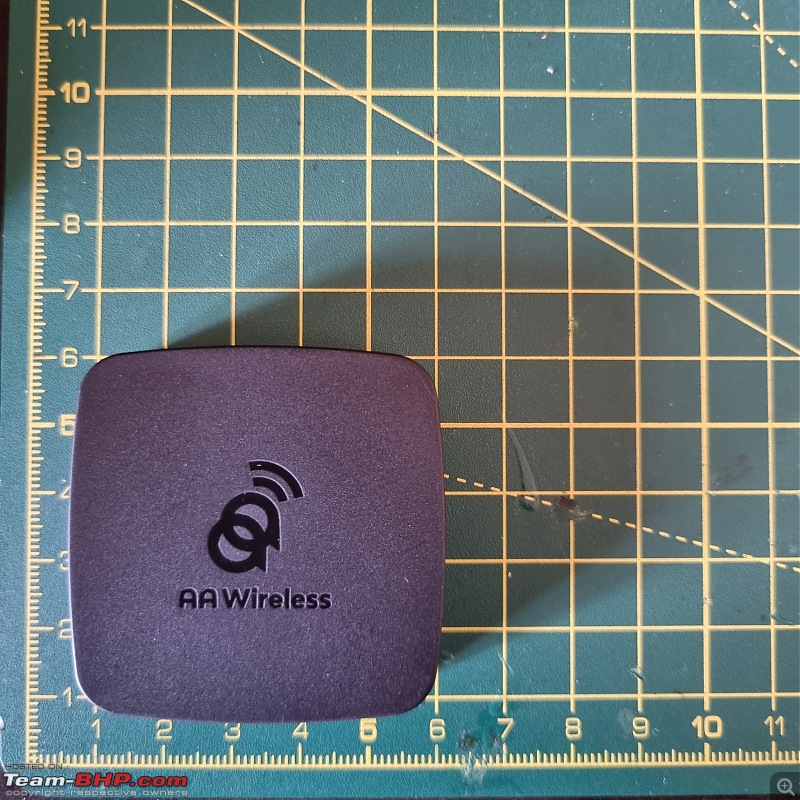| | #1 |
| BHPian Join Date: Oct 2010 Location: Bangalore
Posts: 248
Thanked: 1,087 Times
| |
| |  (34)
Thanks (34)
Thanks
|
| |
| | #2 |
| Senior - BHPian | |
| |  (5)
Thanks (5)
Thanks
|
| | #3 |
| Senior - BHPian | |
| |  (3)
Thanks (3)
Thanks
|
| | #4 |
| BHPian Join Date: Aug 2020 Location: Pune
Posts: 47
Thanked: 44 Times
| |
| |  (2)
Thanks (2)
Thanks
|
| | #5 |
| Senior - BHPian Join Date: Jan 2008 Location: Bangalore
Posts: 1,251
Thanked: 2,756 Times
| |
| |  (2)
Thanks (2)
Thanks
|
| | #6 |
| BHPian Join Date: Aug 2020 Location: Pune
Posts: 47
Thanked: 44 Times
| |
| |  (3)
Thanks (3)
Thanks
|
| | #7 |
| BHPian Join Date: Oct 2010 Location: Bangalore
Posts: 248
Thanked: 1,087 Times
| |
| |  (4)
Thanks (4)
Thanks
|
| | #8 |
| BHPian Join Date: Aug 2020 Location: Pune
Posts: 47
Thanked: 44 Times
| |
| |  (1)
Thanks (1)
Thanks
|
| | #9 |
| BHPian Join Date: Jul 2015 Location: Mumbai
Posts: 176
Thanked: 878 Times
| |
| |  (2)
Thanks (2)
Thanks
|
| | #10 |
| BHPian Join Date: Oct 2010 Location: Bangalore
Posts: 248
Thanked: 1,087 Times
| |
| |  (2)
Thanks (2)
Thanks
|
| | #11 |
| BHPian Join Date: Jun 2011 Location: Gurgaon
Posts: 754
Thanked: 806 Times
| |
| |
| |
| | #12 |
| BHPian | |
| |  (1)
Thanks (1)
Thanks
|
| | #13 |
| BHPian Join Date: Jun 2011 Location: Gurgaon
Posts: 754
Thanked: 806 Times
| |
| |  (2)
Thanks (2)
Thanks
|
| | #14 |
| Senior - BHPian Join Date: Jan 2008 Location: Bangalore
Posts: 1,251
Thanked: 2,756 Times
| |
| |  (3)
Thanks (3)
Thanks
|
| | #15 |
| BHPian Join Date: Aug 2020 Location: Pune
Posts: 47
Thanked: 44 Times
| |
| |  (4)
Thanks (4)
Thanks
|
 |











